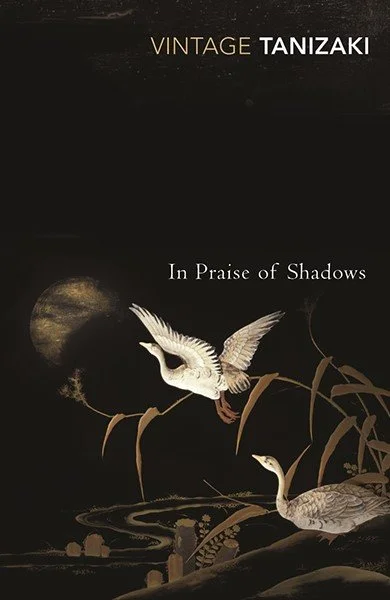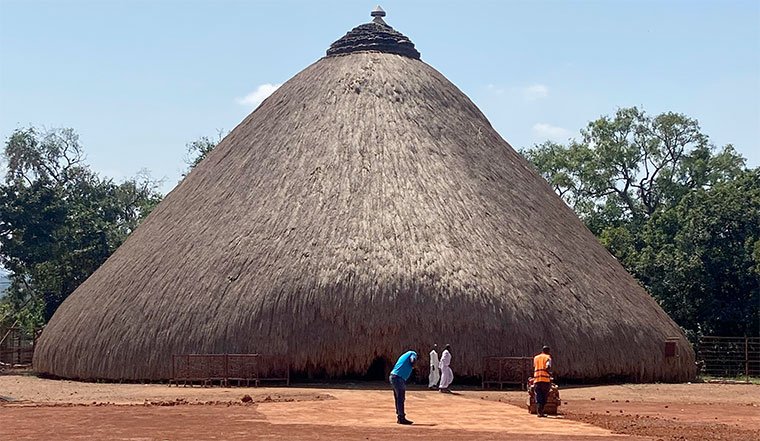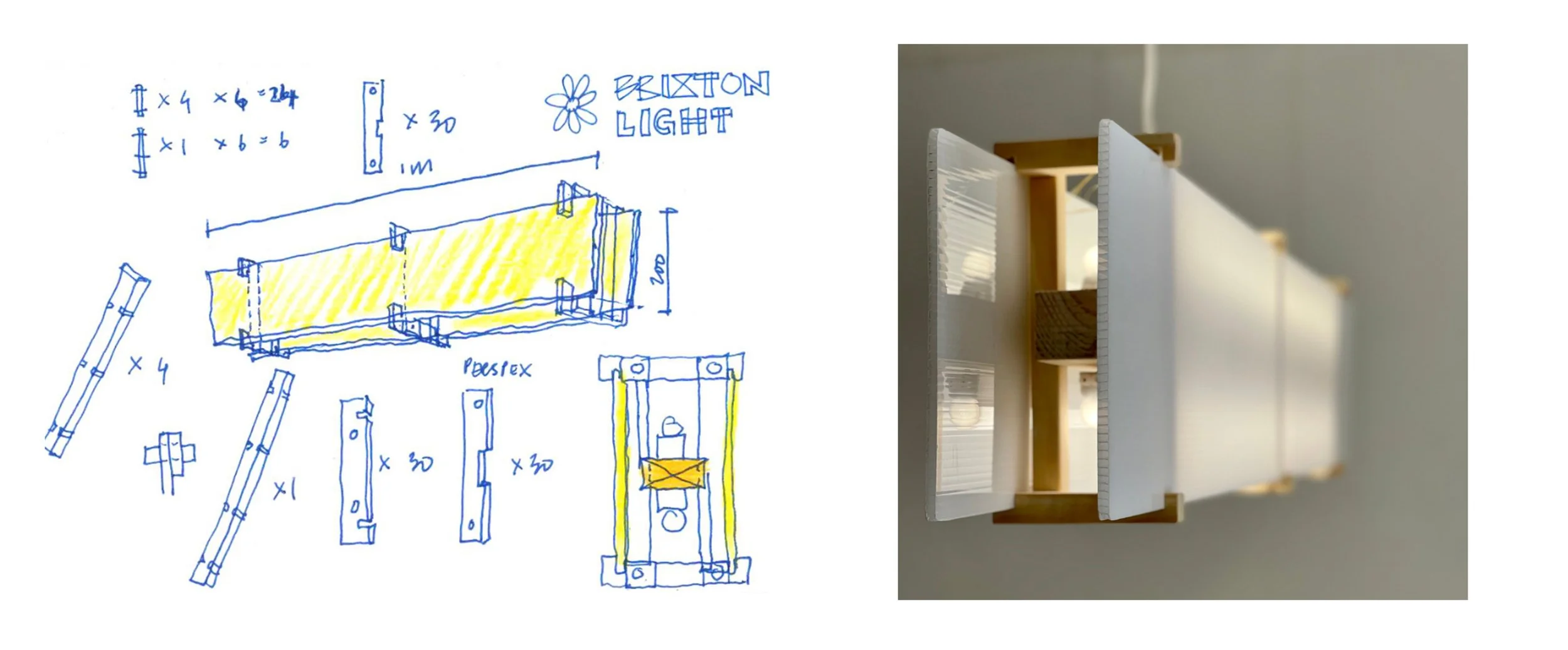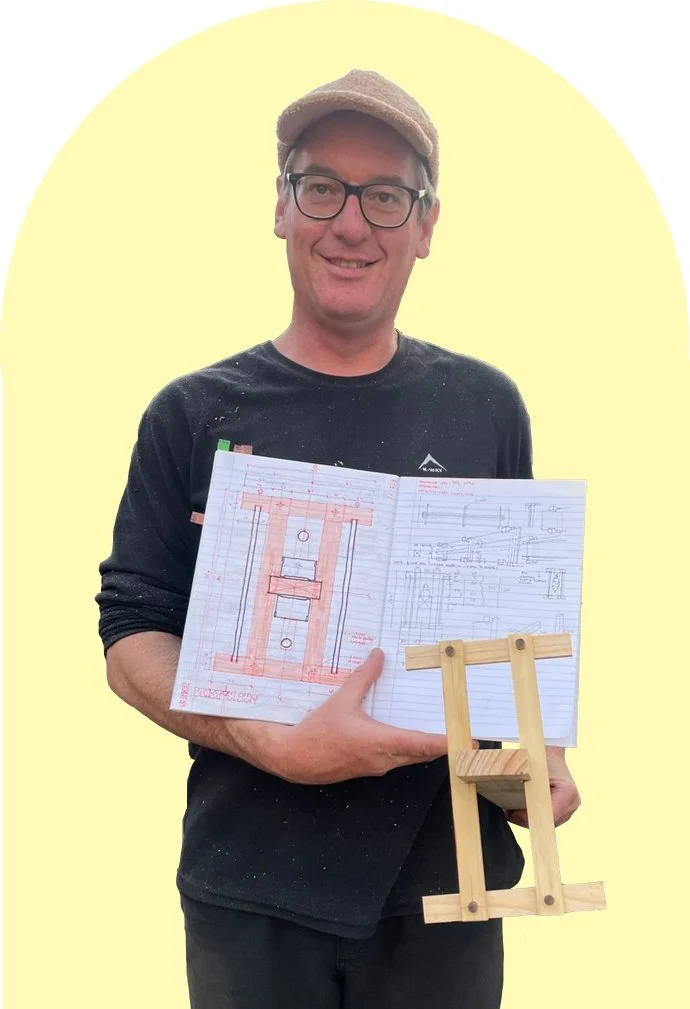Embracing Darkness
Mindful Design #13: Too much light is ruining architecture and your mind
Basement of military fort, Island of Fis, Croatia - sketch by Thorsten Deckler
Welcome to the Mindful Design newsletter #13!
All around us a million little crimes are being committed in the name of lighting and most result in offensively bright and aggressive spaces we don’t even realise are harming us. As a long-time sufferer of bad lighting, it took me a while to understand that too much light was stressing me out, making me feel tired and irritated. But once I saw it, I could not unsee it.
Unfortunately, in our rush to flood every corner of modern architecture with light, be it natural or artificial, we’ve forgotten the value of darkness, compromising our mental and physical health.
In Praise of Shadows
The first time I encountered the idea that darkness might be something desirable in our spaces, was in Junichiro Tanizaki’s essay 'In Praise of Shadows'. It’s an eloquent, grumpy rant on how Western architecture has stripped traditional Japanese interiors of their depth and mystery by overexposing them to light.
Tanizaki explores how darkness and obscurity enrich our surroundings, adding layers of meaning and emotional resonance.
His ideas help us become aware of the interplay of light and shadow in our daily surroundings and help us come to appreciate darkness as a source of comfort and refuge: a metaphorical return to the womb or cave where we can retreat, heal, and transform, feeling safe and sheltered from the harshness of the outside world.
The Kasubi Tombs in Uganda are an extreme example of darkness in architecture evoking a sense of mystery, calm, and introspection that nurtures a spiritual realm we have forgotten about.
The Kasubi Tombs – image: observer.ug
The Kasubi Tombs, interior – image: responsibletourismcompany.com
The tombs date back to the 13th Century and mark the burial site of four kings of the Bugunda and other members of the royal family. It is now a World Heritage Site described as "one of the most remarkable buildings using purely vegetal materials in the entire region of sub-Saharan Africa". The buildings are built out of grass and timber poles and are beautifully made, cool inside, and completely awe-inspiring. When I visited, it was really dark inside with light coming only from one opening - the effect was mesmerising and stayed with me years later.
This mysterious space offers a lesson that’s urgently needed in contemporary design. To reclaim darkness not just as an aesthetic choice, but as fundamental to our spiritual need to connect to a realm that transcends our worries and fears, a realm of possibility, mystery, our ancestors, our higher power.
Of course either end on the spectrum of light and dark can be done poorly - with profound effects on our well-being. Getting it right, means more happiness, more productivity on the one hand, and more quiet time and introspection on the other- with lower energy bills and perhaps fewer therapy bills.
Can Lis, interior – image: architecturetoday.co.uk
Can Lis, the house Jorn Utzorn (architect of the Sydney Opera house) designed and built for his family in Majorca, shows how both brightness and darkness coexist to soften the bright Mediterranean light. With it being his own house, he experimented with how to frame views and manage light, resulting in windows with deep reveals and hidden frames.
Don't stay in the dark...
Do you know what it takes to design and build something that will enrich your life emotionally, physically, and financially? Do you know which questions to ask yourself to find the answer? Book a free expert call and I will ask the right questions to help you gain clarity. You will also learn how to increase your chances of success while reducing the risks of things going wrong, even if you are building for the first time.
“I would like to thank you very much for the time you took with the Expert Call. I really appreciated it & found it very valuable. Your passion for your work is evident & that goes a long way to making a client feel they will get more than value for money when engaging with you!!” - Bindu
James & Ethel Grey Park- sketch by Thorsten Deckler
This newsletter was inspired by a sketch, made on a walk through one of Joburg’s parks. As I was drawing, I realised what attracted me to the scene: a dark clump of blue gums on the left and an open hill on the right – a kind of yin and yang moment in which darkness and light, mystery and clarity, intimacy and openness seem to coexist, each one rendering the other sublime.
And then I thought: Would it not be nice if our buildings could offer us a similar sense of the sublime?
The potential for architecture to improve how we live remains largely untapped, obscured by hype, regulations, and technical solutions. It is lost to indifference and a lack of knowledge. That is why I have created the Mindful Design Movement - to help us all make better decisions when it comes to building healthy spaces for our loved ones, our teams and our communities.
Help us spread the love by sharing this newsletter and following us on social media!
I look forward to hearing from you.
Love, Thorsten
Thorsten lives and works in Johannesburg, South Africa. He has 20+ years of experience as an architect and urban designer. He recently made his own lights for his office when he could not find anything remotely satisfying.








